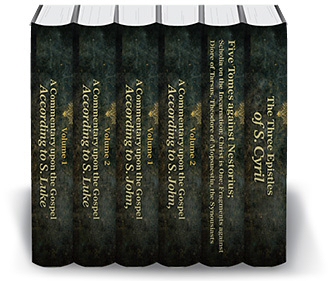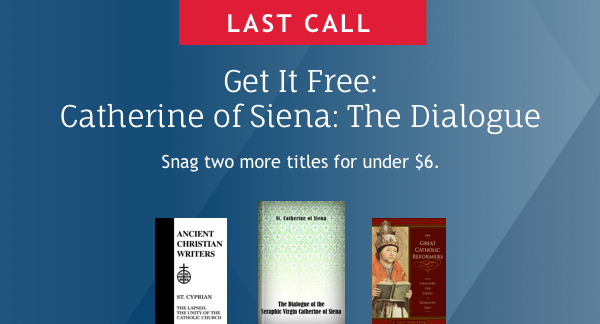 On June 27, the Western Church celebrated the feast of St. Cyril of Alexandria. St. Cyril was patriarch of Alexandria from AD 412 to 444, and he played a pivotal role in the Christological controversies that engaged three ecumenical councils and resulted in two major schisms in the Church that persist to this day.
On June 27, the Western Church celebrated the feast of St. Cyril of Alexandria. St. Cyril was patriarch of Alexandria from AD 412 to 444, and he played a pivotal role in the Christological controversies that engaged three ecumenical councils and resulted in two major schisms in the Church that persist to this day.
In his own lifetime, Cyril played a central role in the Council of Ephesus (431), which condemned the views of Nestorius for compromising the union of humanity and divinity in Christ and denying that Mary ought to be called Theotokos (“God-bearer” or “Mother of God”). After Cyril’s death, his writings were central to the controversies of the Council of Chalcedon (451) and the Second Council of Constantinople (553). When the Council of Chalcedon condemned Eutyches’ view that Christ’s divinity and humanity formed one nature (mia physis), stating that Christ has a divine and a human nature that are inseparable but that remain unconfused and distinct, Cyril’s writings were invoked by those (commonly known as “Monophysites”) who saw Chalcedon as a repudiation of Ephesus and refused to accept Chalcedon. The Second Council of Constantinople attempted, but failed, to heal this schism by reaffirming the condemnation of Nestorianism and demonstrating that the Chalcedon was to be understood in continuity with Ephesus and the theology of Cyril.
Cyril comes across as a rather forceful personality in an age whose theological controversies were characterized by fierce polemics, impassioned debates, and political maneuverings, and some people blame him for failing to restrain his flock in the mob violence that sometimes broke out between Christians, Jews, and pagans in fifth-century Alexandria. Thus, Cyril has sometimes been neglected or even vilified in recent centuries or only studied for his contribution to the Christological controversies.
The Theology of St. Cyril of Alexandria: A Critical Appreciation attempts to address this with a more balanced appraisal of Cyril and of his contributions that goes beyond the Nestorian controversy and places it in context by exploring his exegetical writings, his soteriology, and other neglected aspects of his work. I found many of the essays to be valuable—in particular, Robert Louis Wilken on Cyril’s Christocentric reading of the Old Testament, Fr. Thomas Weinandy on Cyril’s Christology (including a reading of Chalcedon “through Cyril’s eyes”), and especially Daniel Keating’s essay on divinization in Cyril, which lays out Cyril’s thoroughly sacramental account of our union with Christ by following his commentary on Jesus’ baptism, on John 3:3–6, and on John 6.
I’m particularly fond of the imagery used by St. Cyril in his comments on John 6:54:
Wherefore even though death which by the transgression sprang on us compel the human body to the debt of decay, yet since Christ is in us through His Own Flesh, we shall surely rise. For it were incredible, yea rather impossible, that Life should not make alive those in whom It is. For as if one took a spark and buried it amid much stubble, in order that the seed of fire preserved might lay hold on it, so in us too our Lord Jesus Christ hideth life through His Own Flesh, and inserts it as a seed of immortality, abolishing the whole corruption that is in us.
The Theology of St. Cyril of Alexandria is just one example of the rich collection of books you get with Logos’ Catholic Scripture Study Library and Catholic Scholar’s Library.
Of course, there’s no substitute for going straight to the source, and there’s still time to get in on the discounted Pre-Pub price for the Works of St. Cyril of Alexandria collection, which includes writings related to Cyril’s controversy with Nestorius, as well as his commentaries on the Gospels of Luke and John.





